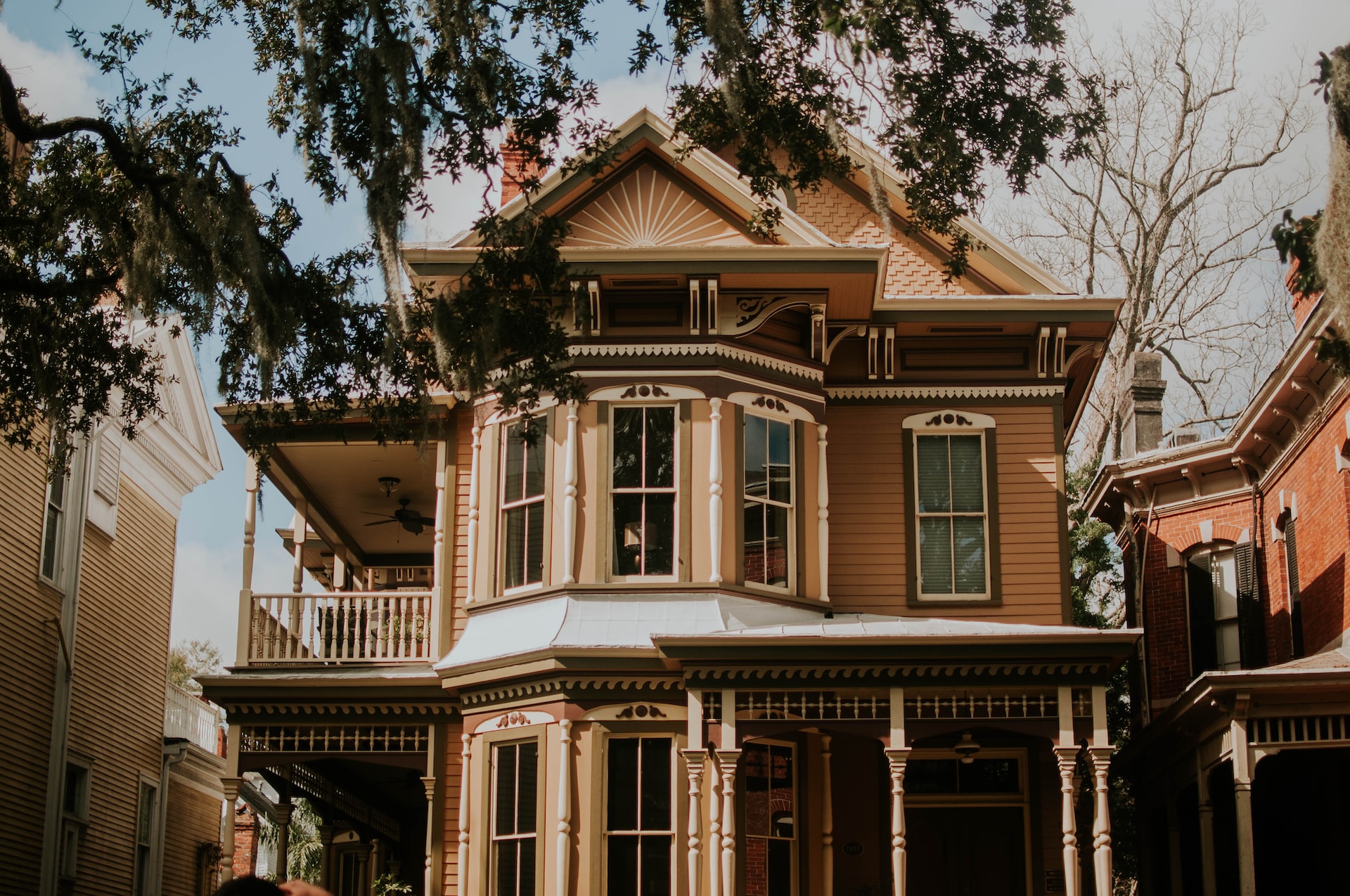When you’re a homeowner, learning about the various materials and structures that compose your house can be a daunting task. You may have heard the term ‘asbestos’ tossed around, causing a bit of worry or confusion. But don’t fret. Here, we’ll take a simple, understandable look at asbestos, clarifying what it is, when it might be in your home, and most importantly, what actions you should take if it is.
First, let’s address the fundamental question: What is asbestos? To put it simply, asbestos is a group of naturally occurring minerals that were commonly used in building materials due to their heat-resistant, insulating, and durable properties. These were often used in things like insulation, floor tiles, roof shingles, and around pipes.
Now, the crucial part to remember is that merely having asbestos in your home doesn’t automatically mean you’re at risk. Asbestos is only potentially harmful if it is disturbed or damaged. Think of it this way: if asbestos is tucked away, secure and untouched, it’s like a sleeping bear. As long as you leave it alone, it won’t pose a problem.
The risk comes when these materials are damaged, which can happen during renovation, demolition, or through general wear and tear over time. When disturbed, asbestos can release tiny fibers into the air. Breathing in these fibers can be harmful to your health, as they can become lodged in your lungs.
So, what should you do if you think there’s asbestos in your home? First, don’t panic. There are several steps you can take to make sure your home is safe.
- Identify Potential Asbestos Sources: Houses built before the 1980s are more likely to contain asbestos materials. If your house is from this period, there may be a chance that asbestos was used in its construction.
- Leave It Alone: If you suspect there’s asbestos in your home, the best thing you can do initially is to leave it alone. As mentioned before, undisturbed asbestos typically isn’t a danger.
- Get It Checked: If you’re planning on doing any home renovations or if you see materials that are deteriorating (like crumbling drywall), it might be a good idea to have your home inspected by a professional. They can take samples and test them in a lab to confirm whether they contain asbestos.
- Professional Help: If asbestos is found and needs to be removed (because it’s damaged or will be disturbed), it’s crucial to hire a professional who is trained in safely removing asbestos. It’s not a do-it-yourself project. These professionals have the necessary training and equipment to remove asbestos safely without putting themselves or you at risk.
- Safe Renovation: If you’re planning a home remodel or renovation, talk to your contractor about possible asbestos concerns. They can help you plan the project in a way that either avoids disturbing asbestos or includes a professional asbestos removal step, if necessary.
Remember, the presence of asbestos doesn’t mean you need to immediately vacate your home or undertake a costly removal project. With careful management, potential asbestos issues can be dealt with safely and efficiently, keeping you and your family safe and sound within your home. Knowledge is power, and understanding what asbestos is, how it functions, and how to manage it is the key to maintaining a safe and healthy home.


